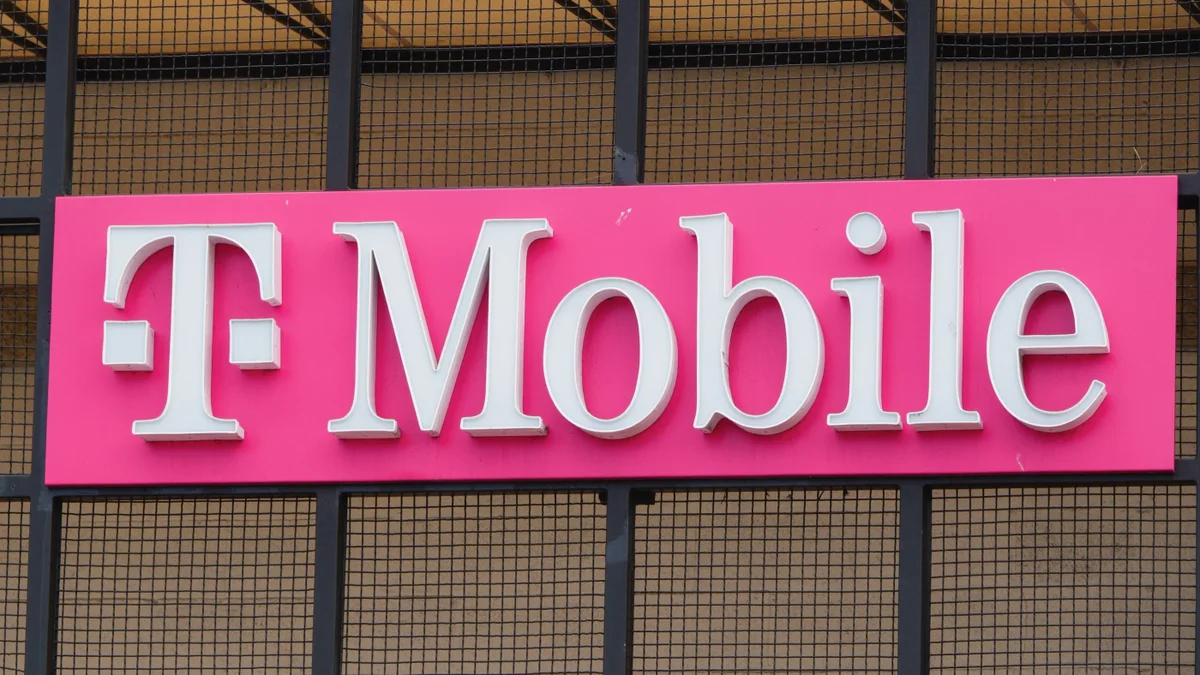To test the contrast however, I first listened to the speaker without its bass bottle. It’s very loud for a small speaker, and in my office I couldn’t cope with the volume turned up past 30 percent. It’s just not an enjoyable listen, sounding shrill and disappointing without any discernible bass. It’s not quite as bad as putting your old iPhone in a cup for extra amplification, but it’s not far off—and at least you can actually drink from the cup afterwards.
But we’re here for the bass-boosting bottle, and I can categorically say that the acoustically tuned plastic bottle does indeed boost the lower frequencies, and makes the speaker sound significantly better. The bottle takes the edge off the volume, and there’s a noticeable depth to the mids and bass once it’s attached. You can really hear the difference in the mix and balance, and the contrast between the sound with the bottle on and off is impressive.
Push the volume, however, and the bass gets muddy quickly, with the sharp edges once again noticeable in the mix. It’s not horrible, but compared to the competition it’s just not that enjoyable to listen to, which is a shame, because it sure does look cute on my desk.
While it is larger, the Anker Soundcore Motion 300 ($70) wipes the floor with the Sodapop, with clear bass and clarity, even at volume. Similarly, the Ultimate Ears Wonderboom 4 ($80) is small, portable, boasts full 360-degree sound and comes with IP67 waterproofing (it floats), which is a huge upgrade to Sodapop’s dust- and splash-resistant IPX65 rating.
Played side-by-side with the similarly proportioned and much cheaper $35 Tribit StormBox Micro 2 (IPX7 rating, 10 hours playtime), the physical separation and large chamber between the drivers and bass port does create a wider soundstage. There’s not much in it in terms of the amount of bass and overall performance though.












